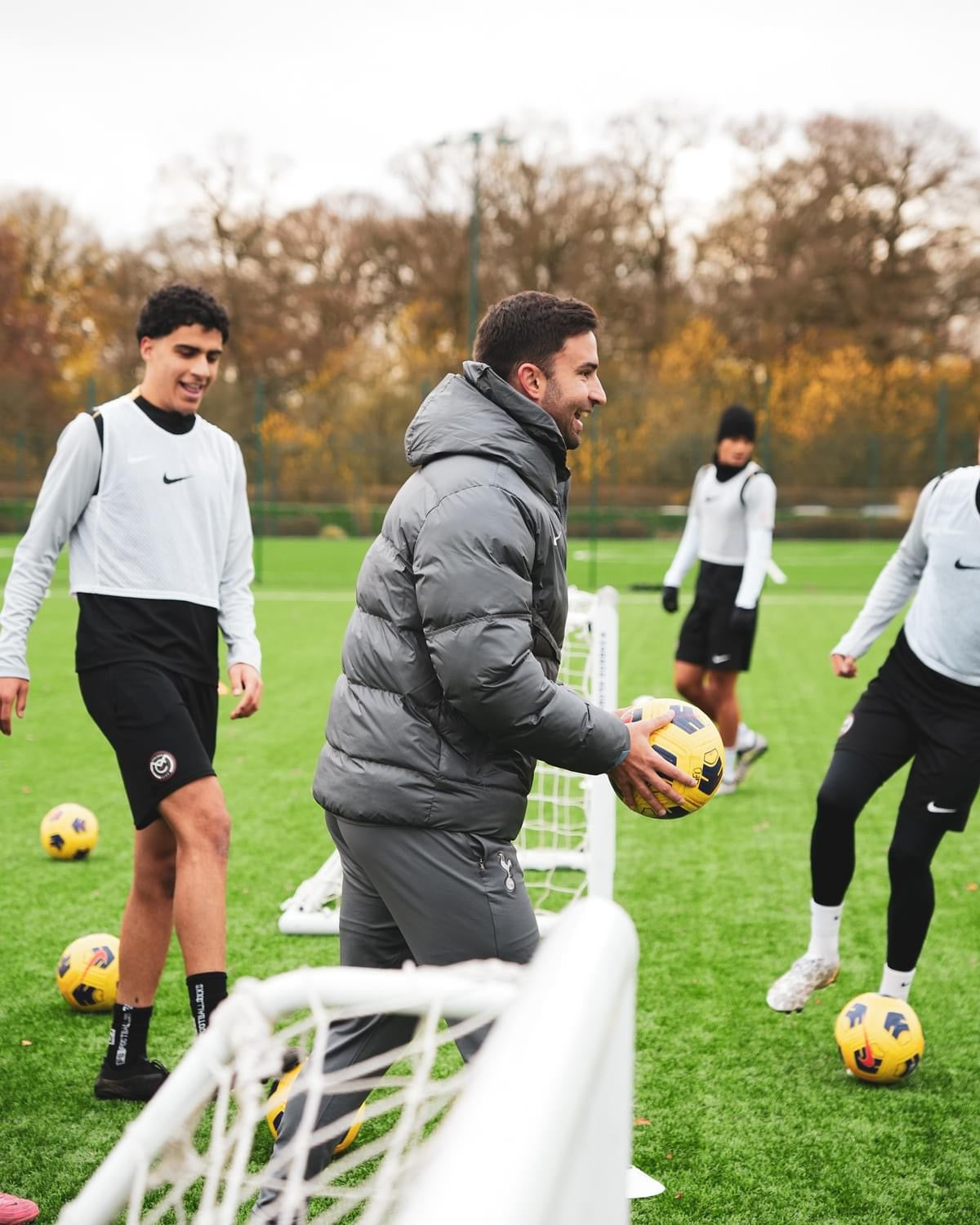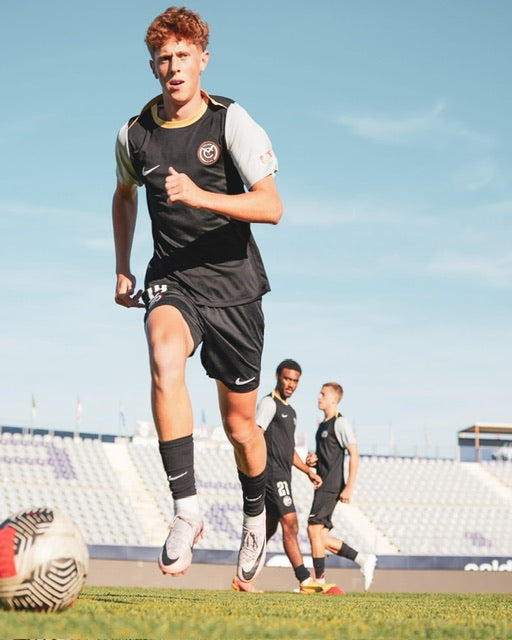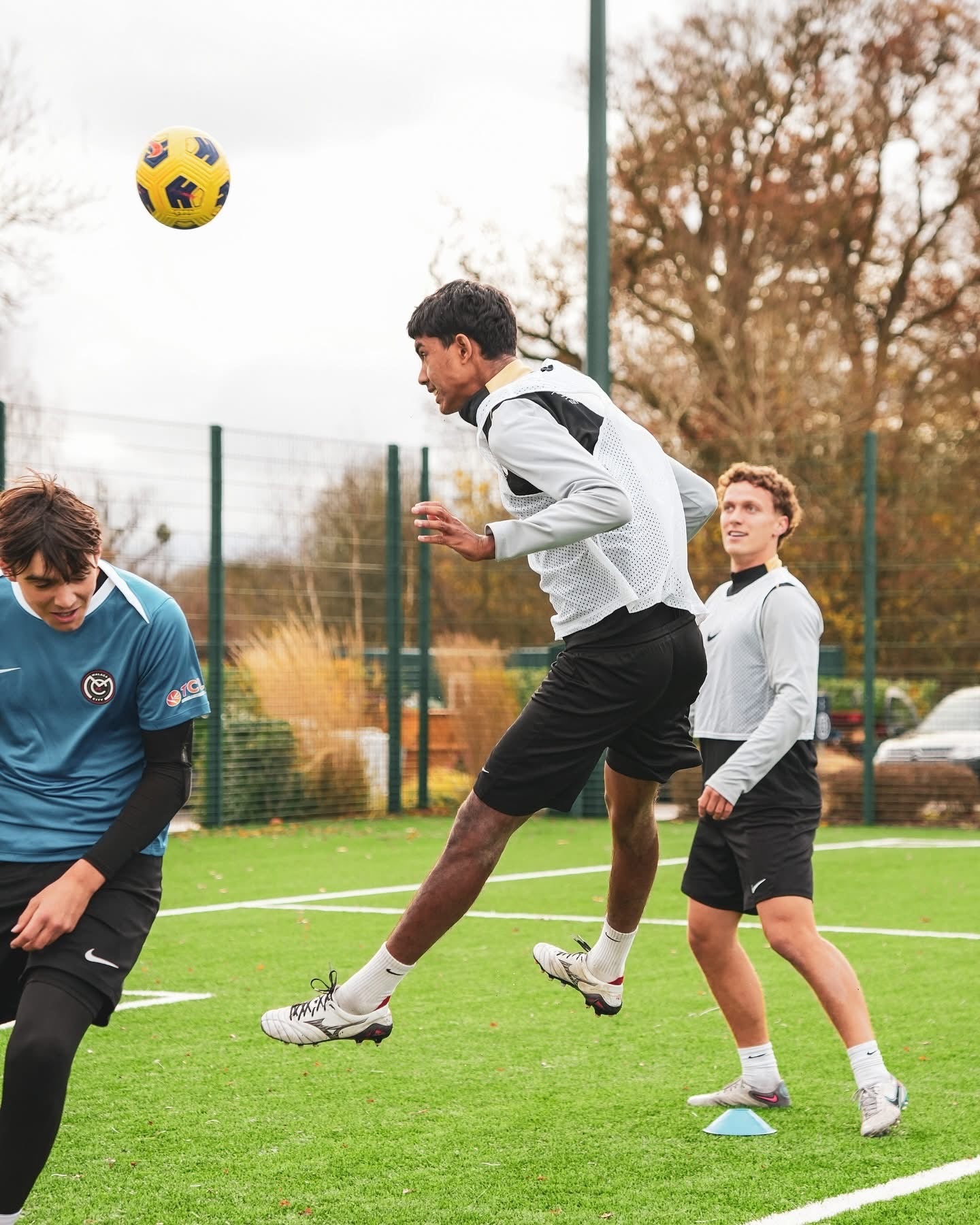For aspiring young footballers targeting elite UK football academies, understanding what professional academy training sessions involve can significantly enhance your own preparation and development. Training at top football academies is highly structured, intensity-driven, and strategically designed to maximise player development across technical, tactical, physical, and psychological dimensions. This blog provides detailed insights into typical academy training sessions, outlining key practices and exercises commonly used at elite football schools, helping you train more effectively and elevate your football performance to professional standards.
Structured Training Environment
Academy sessions are meticulously structured, ensuring every minute contributes meaningfully to player development:
- Warm-Up and Activation: Sessions typically start with dynamic warm-ups, incorporating stretching, agility exercises, and ball drills to prepare physically and mentally.
- Technical Drills: Detailed drills focused on passing, ball control, shooting, and dribbling, enhancing technical precision and consistency.
- Tactical Training: Positional drills and match simulations teach strategic understanding, positional discipline, and tactical responsiveness.
Intensity and Focus
Professional academy sessions emphasise high intensity and focused practice to drive improvement:
- High-Tempo Practices: Drills are conducted at high intensity, simulating match conditions and pushing players physically and mentally.
- Focused Effort: Players maintain high concentration, ensuring drills are executed with precision, technique, and maximal effort.
- Competition and Motivation: Training frequently involves competitive scenarios, motivating players to perform at their best consistently.
Physical Conditioning
Physical preparation is integral to academy training sessions, ensuring players are physically resilient and match-ready:
- Speed and Agility Drills: Sessions regularly include exercises such as sprint intervals, agility ladders, and reaction drills, enhancing physical responsiveness.
- Strength and Conditioning: Players undergo structured strength and conditioning programmes, often incorporating resistance exercises, plyometrics, and core strengthening.
- Endurance Training: Regular aerobic and anaerobic conditioning is embedded within sessions, ensuring sustained performance levels.
Psychological and Tactical Development
Academy training also prioritises psychological and tactical maturity, essential for football success:
- Mental Skills Training: Sessions frequently include psychological components like resilience-building exercises, goal setting, and confidence-building practices.
- Video and Tactical Analysis: Coaches regularly integrate match analysis sessions, enhancing players’ tactical understanding, decision-making, and game intelligence.
- Team and Individual Feedback: Structured feedback sessions reinforce tactical and technical improvements, maintaining continuous player growth and refinement.
Conclusion
Training like a professional academy player involves structured sessions, intense physical conditioning, targeted technical and tactical drills, and psychological development. By understanding and replicating these elite academy training practices, young footballers significantly enhance their readiness for elite football schools and professional opportunities. Start applying these insights into your training routine today, positioning yourself for sustained football success and elite academy excellence.



